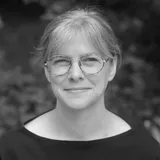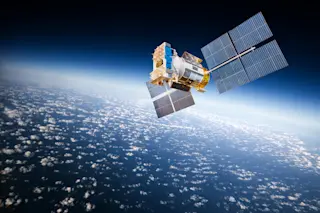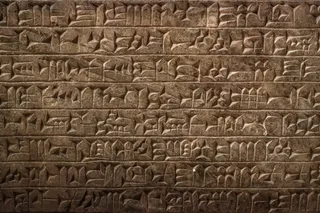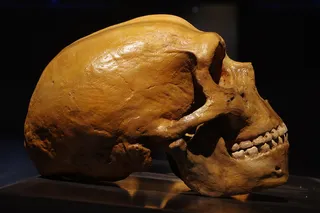In 2009, Chris Fisher was in Michoacán, Mexico, studying the ancient Purépecha empire, when his team found remnants of a settlement. He set out to find the edge of it, only to discover that what they thought was a small village was actually a city with an area of 10 square miles. Fisher realized that it would take the rest of his career just to survey the site.
At least, it would have in the old days. But the timing was good for Fisher, an archaeologist at Colorado State University and a National Geographic Explorer. When he got back to Colorado, he learned about a new technology called lidar (light detection and ranging), a remote-sensing tool. Lidar aims laser pulses at the surface of Earth from airplanes or satellites, creating a high-resolution, 3D grid of points that represents the Earth’s surface. Scientists can then use computers to filter out trees ...















